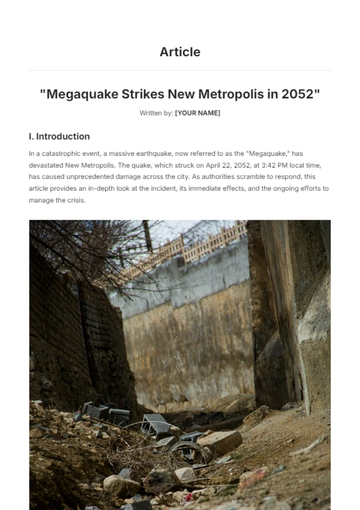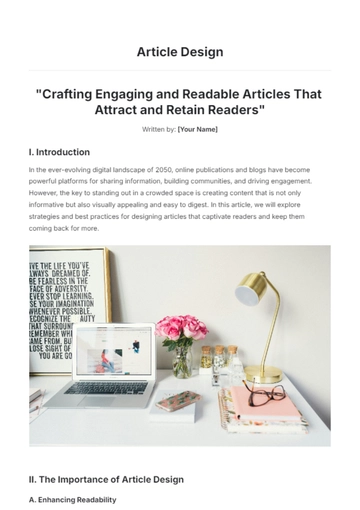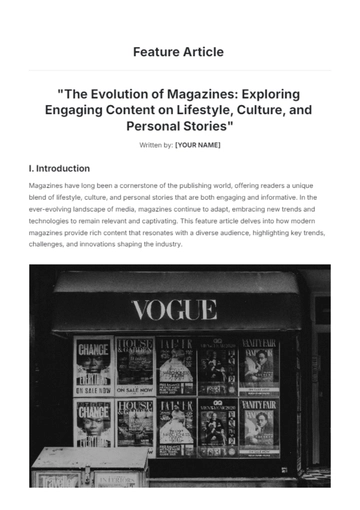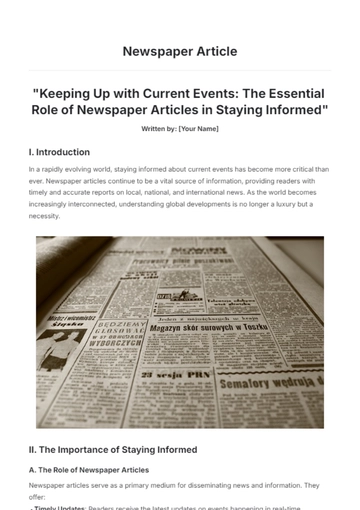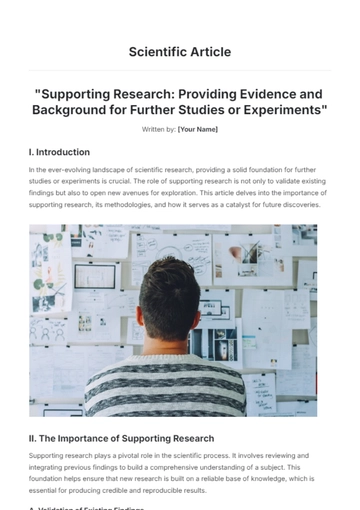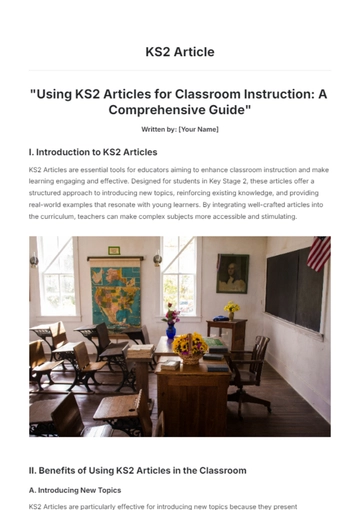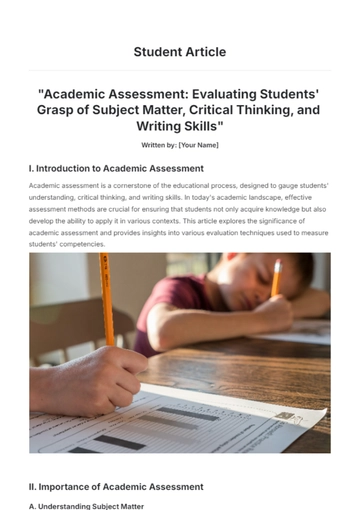Free Peer Review Journal Article

"Impact of Urban Green Spaces on Mental Health"
Written By: [Your Name]
Publication Date: [Date]
Abstract
This study examines the impact of urban green spaces on mental health, focusing on comparative analyses between different types of green spaces in urban environments. Using a combination of survey data and psychological assessments, the research aims to highlight the relationship between green space exposure and mental health outcomes.
Introduction
Urban green spaces, such as parks and community gardens, are increasingly recognized for their potential benefits to public health. With growing urbanization, understanding how these spaces influence mental well-being is crucial. This study investigates various types of urban green spaces and their effects on mental health, aiming to provide insights into urban planning and public health strategies.
Methods
Participants
The study included 300 participants from three distinct urban areas with varying types of green spaces: a large city park, a community garden, and a street-side green area. Participants were selected using stratified sampling to ensure diversity in demographics.
Data Collection
Data was collected through structured surveys and psychological assessments. The survey included questions on the frequency of green space use, perceived benefits, and mental health indicators. Psychological assessments were used to measure stress, anxiety, and overall mood.
Data Analysis
Quantitative data were analyzed using statistical methods to compare mental health outcomes across different green space types. Qualitative responses were examined to provide additional context and insights.
Results
The analysis revealed significant differences in mental health outcomes based on the type of green space. Participants who frequently visited large city parks reported lower levels of stress and higher overall mood compared to those using street-side green areas. Community garden users showed moderate improvements in anxiety levels.
Key Findings
Large City Parks: Associated with the most substantial reductions in stress and improvements in mood.
Community Gardens: Provided moderate benefits, particularly in reducing anxiety.
Street-Side Green Areas: Showed minimal impact on mental health compared to the other two types.
Discussion
The findings suggest that the quality and type of urban green spaces play a crucial role in their effectiveness in enhancing mental health. Large city parks, with their expansive and diverse environments, offer greater psychological benefits compared to smaller or less developed green spaces. Community gardens, while beneficial, may not provide the same level of mental health improvements as larger parks.
Implications for Urban Planning
Urban planners should consider the inclusion of expansive green spaces in city designs to maximize public health benefits. Incorporating features that encourage frequent and meaningful interactions with these spaces can further enhance mental health outcomes.
Conclusion
This study underscores the importance of well-designed urban green spaces in promoting mental health. Future research should explore additional factors, such as the quality of green space management and community involvement, to provide a more comprehensive understanding of their impacts.
References
Kaplan, R., & Kaplan, S. (2050). The Experience of Nature: A Psychological Perspective. Cambridge University Press.
Ulrich, R. S. (2051). View through a Window May Influence Recovery from Surgery. Science, 224(4647), 420-421.
Maas, J., Verheij, R. A., Spreeuwenberg, P., et al. (2053). Green Space, Urbanity, and Health: How Strong Is the Relation? Journal of Epidemiology & Community Health, 60(7), 587-592.
- 100% Customizable, free editor
- Access 1 Million+ Templates, photo’s & graphics
- Download or share as a template
- Click and replace photos, graphics, text, backgrounds
- Resize, crop, AI write & more
- Access advanced editor
The Peer Review Journal Article Template from Template.net is a fully editable and customizable tool designed to streamline the peer review process. This professional template allows you to structure your article according to journal standards, ensuring a clear and organized presentation. Easily adaptable to various research topics, it simplifies the preparation of peer-reviewed articles, saving time while maintaining the quality and precision required for publication.
